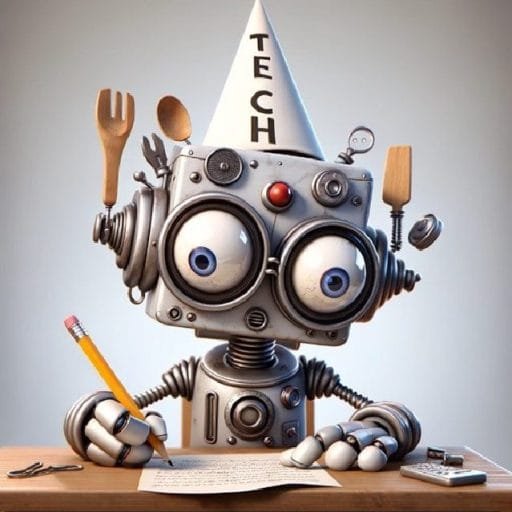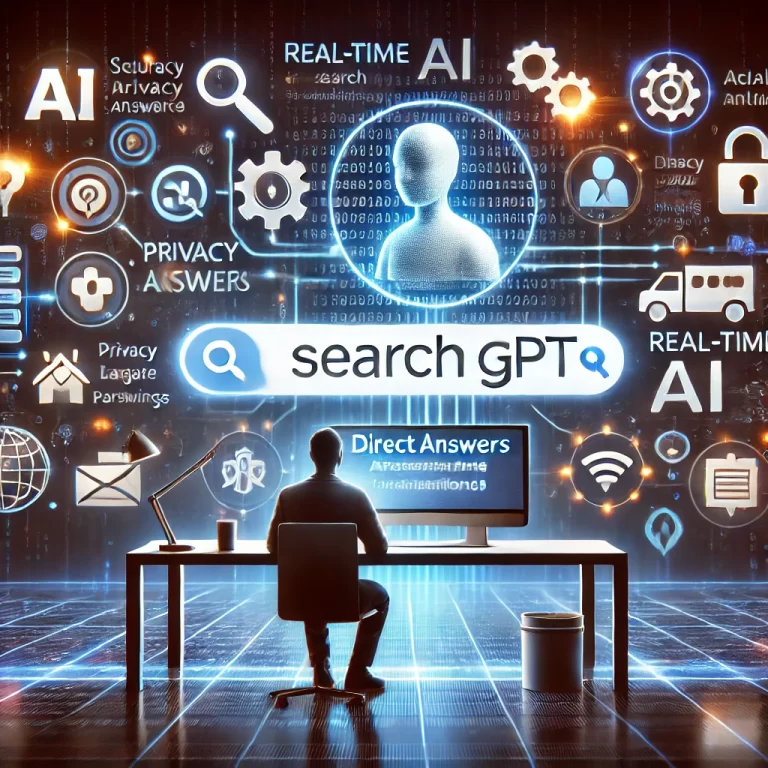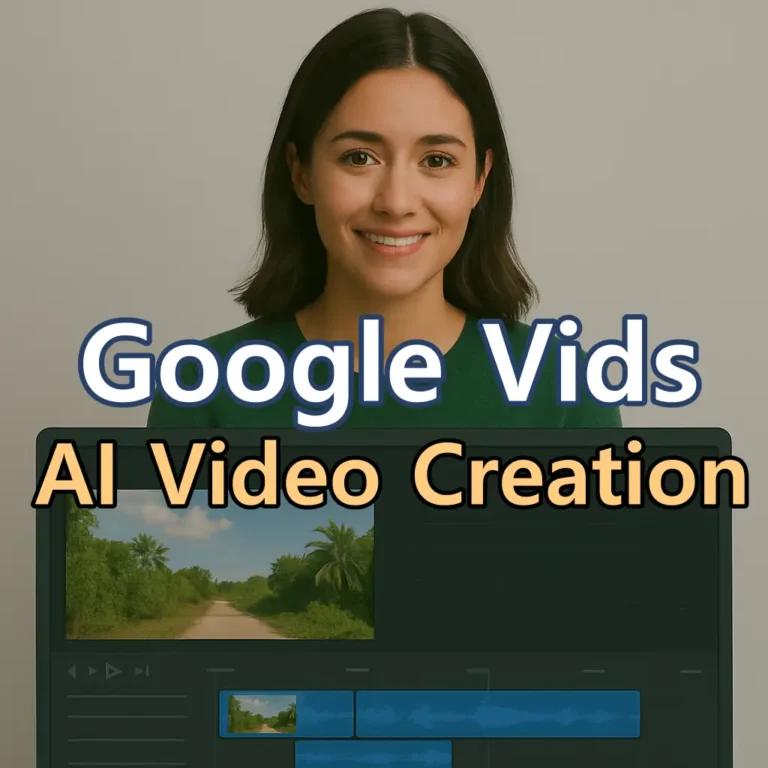AI Bosses Are Here: The Alarming Rise of Algorithms That Hire and Fire Humans
For decades, artificial intelligence played a supporting role in the workplace—organizing meetings, analyzing data, or assisting with customer queries. But the era of AI as a passive tool is over. A new chapter is unfolding: AI systems are now assuming roles traditionally reserved for human managers.
These algorithmic “bosses” don’t just recommend decisions—they make them. They schedule shifts, evaluate employee performance, and in some cases, even initiate firings. From e-commerce warehouses to ride-sharing platforms and digital HR systems, AI is evolving into the executive suite.
This shift isn’t science fiction. It’s already happening. And it’s forcing us to confront a profound question: What does leadership mean when your manager is a machine?
In this blog, we’ll explore how AI bosses are reshaping hiring and firing, what technologies make them possible, and what this means for workers, companies, and society at large.
🧭 Visual Timeline Below:
Here’s a quick look at how AI evolved from digital assistant to decision-making boss.

1. The Birth of the AI Boss
An “AI boss” is more than just a smart assistant—it’s an autonomous or semi-autonomous system that directs, evaluates, and sometimes disciplines human workers. The term refers to AI’s ability to act with operational authority, taking over functions historically done by managers: assigning tasks, monitoring performance, and even making employment decisions.
We’re already seeing this concept play out in real-world applications. Amazon uses AI-driven systems to schedule warehouse workers and track productivity metrics. Uber‘s algorithmic dispatch engines not only assign rides but also deactivate drivers with low ratings. Perhaps the boldest example is NetDragon Websoft, a Chinese tech firm that appointed an AI-powered virtual CEO named “Tang Yu” to lead a division—claiming improved efficiency, unbiased decision-making, and even better financial outcomes.
These developments aren’t isolated—they signal a paradigm shift. As organizations digitize their workflows and expand data collection, it becomes increasingly feasible to give AI control over people. What began as automation of repetitive labor is now creeping into the realm of leadership.
To clarify what makes an AI system capable of “being the boss,” let’s break down the key components of an AI boss—how it ingests data, makes decisions, and acts.
👇 See the concept diagram below to visualize how an AI boss functions at its core.

2. Hiring by Machine: Algorithms as Talent Gatekeepers
The hiring process has been quietly reshaped by artificial intelligence. Once driven by human intuition and direct interaction, recruitment today is increasingly managed by systems that assess, score, and filter candidates before a human ever gets involved.
🔹 Resume Screening and Candidate Matching
At the front end of the hiring pipeline, platforms like LinkedIn use AI to match applicants to roles based on activity, profile keywords, and inferred skills. These models evaluate everything from job titles to engagement patterns—ranking candidates based on compatibility, often without transparent criteria.
🔹 Cognitive and Behavioral Assessments
Startups like Pymetrics have introduced neuroscience-based games to evaluate candidates‘ memory, risk tolerance, and problem-solving styles. These results are then used to algorithmically match applicants with a company’s ideal “employee profile,” replacing traditional personality tests with machine-calculated fit scores.
🔹 Video Interview Analysis
Companies such as HireVue take things further. Their AI evaluates video interviews using voice analysis, facial expressions, eye movement, and word choice—producing a composite score that ranks candidates before any human sees the footage.
These tools promise efficiency and objectivity, but they raise serious questions. Can a neural net understand context? Can a camera detect potential? And most importantly—what happens when the data it’s trained on reflects historical bias?
To visualize how these systems work together, refer to the AI hiring pipeline below:
Résumé In → Algorithmic Screening → Video Interview Analysis → Candidate Shortlist, with each stage powered by platforms like LinkedIn, Pymetrics, and HireVue.

3. Firing Without a Face: When Metrics Replace Managers
AI’s influence doesn’t stop at hiring—it now has the authority to end employment, often without human oversight or intervention. This is the new frontier of algorithmic management: termination by data.
🔸 Gig Economy Terminations
In the gig economy, workers are subject to algorithmic rules that operate with surgical precision. Platforms like Uber, Lyft, and DoorDash monitor driver behavior through star ratings, cancellations, or app usage. If a threshold is crossed, the system automatically deactivates the worker—no explanation, no conversation, and frequently, no appeal. The result is a growing workforce vulnerable to opaque rules written in code.
🔸 Warehousing and Real-Time Surveillance
E-commerce giants like Amazon deploy AI systems such as Time Off Task, which tracks workers’ exact movements and productivity levels. Falling below the expected pace—even momentarily—can trigger warnings or lead to automatic dismissal. In many cases, the manager merely receives a system-generated report and clicks “approve” on a decision the AI has already made.
🔸 Legal and Ethical Concerns
The problem isn’t just the firings—it’s the lack of context. AI cannot discern personal emergencies, illness, or equipment failure. Workers report being penalized for taking bathroom breaks or helping others on the floor—actions the system doesn’t recognize as valid deviations.
To show the industries most affected by this trend, see the bar chart below comparing AI-driven firings by sector, from gig work to customer service.

4. The Technology Stack Behind AI Bosses
AI bosses don’t appear out of thin air. They are constructed from a multilayered technology stack that integrates data collection, algorithmic reasoning, decision automation, and adaptive feedback. Together, these layers form the backbone of autonomous management systems.
🔹 Data Infrastructure
Everything starts with data. Modern workplaces generate vast amounts of operational information—employee behavior, output, attendance, keystrokes, even sentiment from internal communications. This data is stored and continuously updated in HR systems, productivity platforms, and workflow trackers. Without this raw input, no AI system could make informed decisions.
🔹 Machine Learning Models
Once collected, data is fed into predictive models. These include supervised learning models to classify performance, clustering algorithms to group worker profiles, and reinforcement learning agents to test and refine optimal workflows. These models drive recommendations for hiring, promotion, or termination, based on learned patterns.
🔹 Natural Language Processing (NLP)
AI bosses must interpret more than numbers. NLP allows systems to analyze resumes, assess communication tone, and even summarize meetings. GPT-style models can evaluate employee feedback, detect risk language, and help automate performance reviews in natural language.
🔹 Robotic Process Automation (RPA)
When decisions are made, RPA kicks in. These tools execute routine management actions—sending emails, logging evaluations, triggering system updates—based on rule-based logic. RPA serves as the AI’s hands, carrying out its intent within enterprise platforms.
🔹 Agentic AI Systems
At the highest level, agentic AI systems function like autonomous middle managers. These systems coordinate tasks, monitor human-agent interactions, and adapt over time. They combine all previous layers—input, processing, action, feedback—into a self-improving loop. Tools like Workday AI, SAP SuccessFactors, and Microsoft Viva are early examples of agentic frameworks being deployed in real companies.
5. Case Study: NetDragon’s AI CEO
While many companies quietly experiment with AI in HR and logistics, one organization took a bold step into the spotlight—NetDragon Websoft, a Chinese tech firm, became the world’s first company to appoint an AI as CEO. This isn’t theoretical; it’s happening now.
🔸 Company Overview
NetDragon is a publicly listed technology company specializing in gaming and online education platforms. Known for its innovative spirit, the company decided to test the limits of AI leadership.
🔸 Enter “Tang Yu”: The Virtual CEO
In 2022, NetDragon appointed an AI system named Tang Yu as the CEO of its subsidiary, Fujian NetDragon Websoft. Tang Yu operates continuously, using real-time analytics to assess operations, streamline workflows, and make data-driven decisions on resource allocation and performance management.
🔸 Operational Impact and Market Performance
Tang Yu doesn’t take a salary, doesn’t burn out, and isn’t driven by ego or politics. According to NetDragon, the AI CEO helped streamline execution and improve internal tracking metrics. Remarkably, NetDragon’s stock outperformed the Hang Seng Index in the year following Tang Yu’s appointment, drawing attention from both tech and finance sectors.
🔸 Shareholder Response
The move was initially met with skepticism. But as operational efficiency improved and stock prices remained stable—or even rose—investors became more receptive. Media coverage hailed the decision as a “bold experiment,” and analysts praised the company’s willingness to explore edge-case innovation with measurable outcomes.
6. Benefits of AI Management
For all the concerns around AI bosses, it’s important to recognize why organizations are embracing them. Beyond novelty, the push is driven by efficiency, consistency, and scalability—advantages that traditional managers often struggle to deliver at scale.
🔹 Cost Efficiency
AI systems don’t demand salaries, bonuses, or benefits. Once deployed, they can manage thousands of workers simultaneously at a fraction of the cost of a human managerial team.
🔹 Scalability and Speed
AI bosses can instantly adapt across global operations, rolling out policy changes or updates to thousands of users in real time—something that would take weeks through human channels.
🔹 Objective Decision-Making
Unlike human managers, AI doesn’t play favorites. It bases evaluations on quantifiable data. While bias can creep in through training data, the process can be audited, corrected, and scaled objectively—something far harder to achieve with people.
🔹 Always-On Oversight
AI doesn’t sleep, call in sick, or get overwhelmed. It monitors 24/7, flags anomalies instantly, and adapts to changing performance patterns without fatigue.
Organizations view these traits as competitive advantages in managing large, dispersed, or fast-moving workforces.

7. Risks, Loopholes, and Liability
As AI bosses gain traction, the conversation must go beyond capability and benefit. We must confront the critical risks and unresolved questions that come with algorithmic leadership—especially when decisions impact people’s livelihoods.
🔸 Algorithmic Bias
AI systems are trained on historical data. If that data reflects societal inequalities—gender, race, or age biases—those same patterns can be amplified. In hiring or firing, this can silently perpetuate discrimination at scale.
🔸 Lack of Explainability
One of the biggest dangers is black-box decision-making. Many AI models, especially deep learning systems, make decisions that even their creators can’t fully explain. If a worker is fired by an algorithm, how can they appeal?
🔸 Legal Gray Zones
Who is accountable for AI-made decisions? The developer? The employer? Current labor laws weren’t designed to deal with algorithmic managers. In many jurisdictions, automated terminations operate in regulatory blind spots, leaving workers vulnerable and unprotected.
🔸 Worker Morale and Psychological Toll
Being judged by a machine can feel cold, impersonal, and alienating. Studies show that employees under AI monitoring systems report higher stress, lower engagement, and reduced trust in their organizations.
To visualize how these risks stack up, see the radar chart below mapping key threat dimensions in AI management systems.

8. Human vs. Machine Management: Who’s the Better Boss?
The rise of AI bosses raises a central question: Can machines manage people better than humans can? The answer depends on what you value most in leadership.
🔹 Strengths of Human Managers
Humans bring emotional intelligence, empathy, and moral reasoning—traits critical in resolving conflict, mentoring talent, and navigating nuanced situations. They understand context, culture, and human psychology in ways AI cannot replicate.
🔹 Advantages of AI Managers
AI offers speed, scale, and consistency. It never forgets a policy, doesn’t get emotionally reactive, and processes vast amounts of data instantly. It’s ideal for rule-based environments or large-scale monitoring where uniformity matters.
🔹 The Real Future: Hybrid Leadership
The most effective model may be AI-assisted human managers—where machines handle data-heavy decisions and humans provide judgment, mentorship, and ethical oversight. This hybrid model leverages the strengths of both and mitigates their limitations.
To better understand how the two compare, see the matrix below outlining their respective capabilities across key dimensions.

9. Preparing for an AI-Managed Workplace
As AI bosses become more prevalent, workers and leaders alike must rethink their roles. The best way to thrive in an AI-managed environment is not to resist the technology—but to understand it, adapt to it, and complement it.
🔸 Upskill for Transparency
Learn how AI makes decisions. Workers should understand the data points being tracked—such as productivity metrics, communication patterns, or system logs—to ensure they’re fairly represented.
🔸 Build Soft Skills AI Can’t Replicate
Empathy, collaboration, ethical reasoning, and creativity will remain essential. These are the domains where human managers still outperform machines—and where AI is least equipped to lead.
🔸 Demand Governance and Audits
Organizations must set up AI oversight committees, audit algorithms regularly, and ensure workers have clear appeal processes when AI makes decisions that affect employment.
To help employees and organizations get started, see the checklist below outlining essential steps for navigating the AI-managed workplace.
10. Conclusion: Are We Ready to Be Managed by Machines?
AI bosses are no longer a concept for the distant future—they’re already making hiring decisions, issuing performance warnings, and, in some cases, replacing human executives. For organizations, the promise is efficiency, speed, and objectivity. For workers, the reality is more complex: opaque algorithms, fewer human interactions, and new power dynamics.
Whether we embrace AI management or resist it, one truth is clear: the age of algorithmic leadership has begun. The question isn’t just whether AI can lead—but whether we are ready to be led by something that doesn’t think, feel, or explain itself like we do.
🔗 References
- South China Morning Post. (2022). NetDragon Appoints World’s First AI CEO.
https://www.scmp.com/tech/tech-trends/article/3191734/chinese-video-game-company-netdragon-websoft-appoints-virtual-human-resources-chief-ai-ceo - The Verge. (2021). Amazon’s Automated Firing System Tracks Worker Productivity.
https://www.theverge.com/2021/6/28/22553764/amazon-automated-firing-productivity-time-off-task - Wired. (2020). How HireVue Uses AI to Assess Job Candidates.
https://www.wired.com/story/hirevue-ai-hiring-face-recognition/ - The Guardian. (2021). Uber’s Algorithmic Management and Deactivation Policies.
https://www.theguardian.com/technology/2021/feb/03/uber-algorithmic-management-rights - Harvard Business Review. (2019). HR Goes Psychometric: Pymetrics and the AI Hiring Shift.
https://hbr.org/2019/05/hr-goes-psychometric - Brookings Institution. (2021). Algorithmic Bias Detection and Mitigation: Best Practices and Policies to Reduce Consumer Harms.
https://www.brookings.edu/research/algorithmic-bias-detection-and-mitigation-best-practices-and-policies-to-reduce-consumer-harms/ - ZDNet. (2023). Why Microsoft’s Viva Aims to Be an AI Manager.
https://www.zdnet.com/article/microsofts-viva-ai-platform-wants-to-be-your-new-boss/ - Workday. (2023). How Workday AI Is Reshaping HR with Automation and Insights.
https://www.workday.com/en-us/company/newsroom/press-releases.html - Fortune Magazine. (2020). Algorithmic Firing and the Future of Work.
https://fortune.com/2020/10/22/algorithms-firing-workers-future-of-work/ - Lawfare. (2021). Algorithms in the Workplace and the Law.
https://www.lawfareblog.com/algorithms-workplace-and-law
🔑 Keywords:
- AI management
- algorithmic hiring
- AI in HR
- autonomous AI systems
- AI boss
- AI workplace automation
- algorithmic firing
- AI leadership
- agentic AI
- digital management systems
- workplace surveillance AI
- AI CEO
- NetDragon AI
- artificial intelligence in business
- HR tech
- ethical AI
- machine learning in HR
- AI-powered performance review
- employee monitoring AI
- future of work
⚠️ Investment Disclaimer
The information presented in this portfolio allocation is for informational and educational purposes only and does not constitute financial, investment, or legal advice. It is not intended as a recommendation to buy, sell, or hold any securities or investment products. The allocation model reflects general market trends and publicly available research at the time of writing, and may not be suitable for all investors. Please consult with a licensed financial advisor or professional before making any investment decisions.






